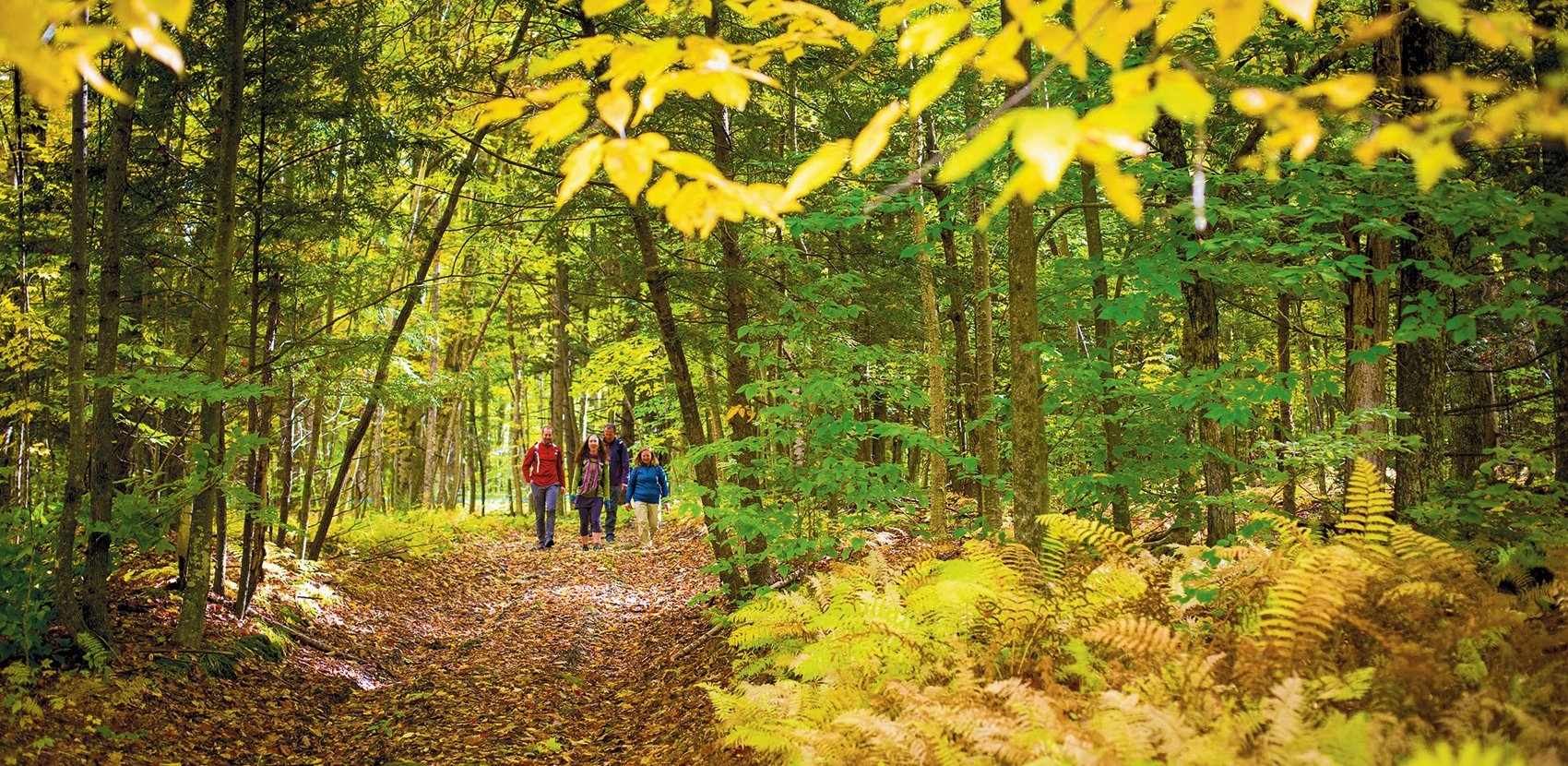How to Choose the Best Walking Shoes
You could be walking along the most beautiful trail in the world—nothing but sweeping sea views below and cloudless blue sky above—but if your feet aren’t enjoying the stroll, chances are you won’t either. Proper footwear isn’t just important to making the most of a walking tour, it’s crucial. That’s why we’ve taken the time to collect some of our best tips for picking the right hiking gear...and guaranteeing yourself happy feet the next time you're out on a tour.
1. Be Honest About Your Ambitions.
A huge part of choosing the right shoes is choosing the right terrain. If you’re exclusively interested in leisurely ambles down well-maintained carriage roads or paved bike paths, you probably don’t need heavy-duty hiking or mountaineering boots. On the flipside, if you’re interested in a destination full of uneven paths or rocky ascents on a single-track, you should probably leave the cute low-tops you’ve been eyeing on the shelf. As a general rule, if you have any concern about rolling ankles in the places you’re planning to walk (due to the terrain or your own tendencies), opt for stiffer shoes with ankle protection.
2. Go at the End of the Day.
Even if they’re not exploring the cobblestone streets of a medieval village, most people’s feet tend to swell as they go about their usual routine. So, if you’d like to mimic the conditions your feet will be in during a long walk, it’s best to stop by the store later in the day. That way, the normal swelling of your feet will help you choose a shoe that fits at the end of a long hike, not just the beginning.
3. Bring Your Own Insoles, Orthotics, and Socks.
A common mistake people make when buying hiking shoes is that they try on each pair wearing only the socks they happen to be wearing (which, if they’re coming from work, may be thin cotton dress socks). As a result, they choose shoes that fit incorrectly when they’re actually wearing their preferred thick hiking socks. Make certain to try on your shoes using exactly what you’ll wear while out in the real world—including any orthotics or insoles. You’ll be amazed by how much they change the fit!
4. Stand by Your Brand.
If you’ve had a pair of hiking boots you’ve loved for years but need to have replaced, consider shopping for the same brand. Most manufacturers use the same shape of wooden mold (or “last”) for their shoes, so chances are that if one pair fit you well, another from the same company—even purchased years later—will have a similar feel.
5. Know What a Good Fit Feels Like.
It’s easy to over-think things when buying shoes—don’t convince yourself that a particular pair fits “well enough.” Instead, pay attention to a few specific details to make sure you’ve got a good match. First, make sure your toes don’t feel too crowded in the front; a toebox that’s too narrow will lead to blisters or worse. Second, check the length: with the shoe completely unlaced, stand up and slide your foot forward until your toe touches the front of the shoe. There should be just enough space in the back to stick your index finger behind your heel. Finally, lace up the shoes and see how they feel to walk around in. Check to make sure that your heel doesn’t slip at all in the back (a sure cause of blisters) and see if you start to feel extra stress on the balls of your feet or heel. This could be a sign of a mismatched footbed. That doesn’t necessarily mean the shoe won’t work--it’s just a sign you might need a custom insole or extra arch support.
6. Don’t Forget to Break Them In.
Finally, don’t forget to take your new hiking shoes out on some walks prior to your next big active adventure. By using them for a number of lighter, shorter strolls, you’ll break in the leather and help them mold to your feet. That means they’ll feel perfect by the next time you’re out on a Country Walkers tour!

